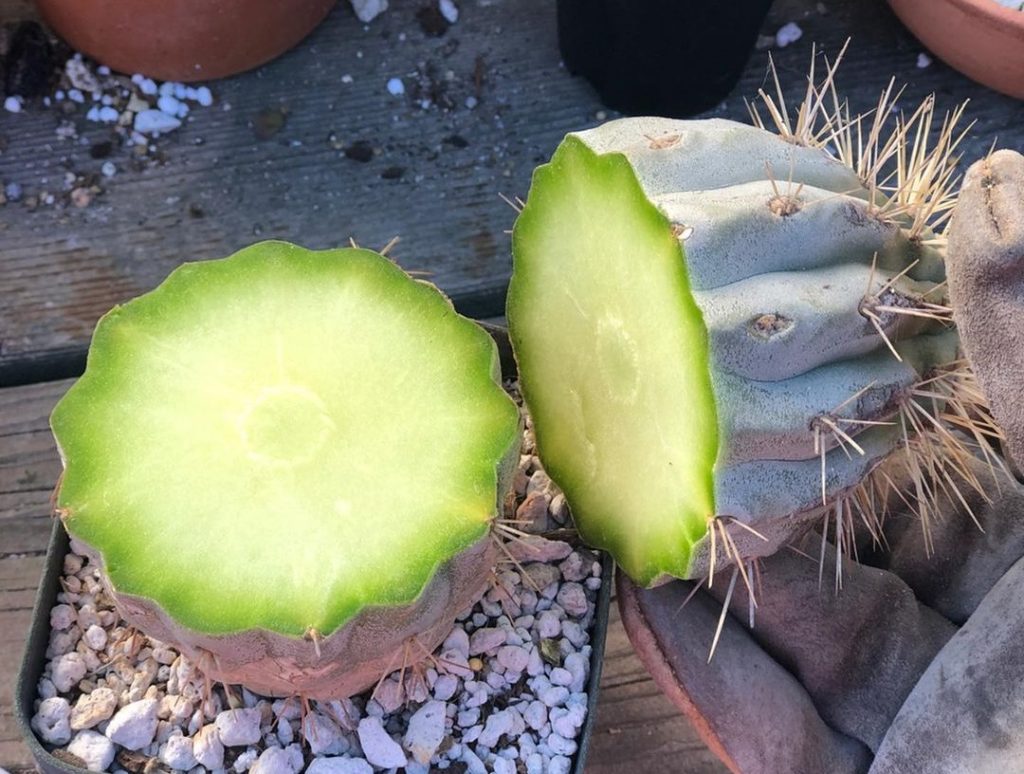Cactus Trimming 101: Tips and Techniques
Picture this: you’re strolling through a garden, and amidst the vibrant greenery, you spot a prickly wonder standing tall—the cactus. These hardy plants are known for their ability to thrive with minimal attention. But here’s an interesting twist: even cacti sometimes need a little trim! Before you grab your scissors, though, let’s take a moment to understand why trimming might be necessary. In this guide, we’ll uncover the secrets behind cactus trimming, revealing the reasons that might lead you to pick up those pruning tools. So, let’s explore the enchanting world of cacti care and discover the art of giving them a stylish makeover!

Contents
Reasons to Trim a Cactus
Sometimes, cacti grow too big for their containers or gardens. When this happens, trimming them is necessary to keep them at a manageable size.
Another reason for pruning a cactus is when it starts tilting dangerously due to its size, risking its stability.
If a cactus has damaged parts, trimming them can minimize the risk of diseases and promote healthier growth.
Lastly, you may want to trim a cactus to propagate it or separate the pups, which requires transplanting them to grow independently.
When it comes to pruning tall or hard-to-reach cacti, using pole saws can make the task safer and more efficient, eliminating the need for a ladder.
How to Trim a Cactus
Trimming a cactus can be challenging due to thorns, but with the right equipment and following some recommendations, it can be done without any issues.

- To protect yourself, wear thick gloves, and consider wearing long pants and clothing with sleeves when dealing with large and tall cactus species.
- Cover the area around the cactus with an old sheet or newspaper to make cleaning easier.
- Always remember to properly sterilize the cutting tools before use.
Pruning techniques may vary depending on the shape of the cactus.
For potted cacti, the roots can also be pruned to control their size. Remove dead and unhealthy roots, leaving only the healthy parts.
Pruning Branched Cactus
- Before trimming, examine the cactus and plan which branches to remove. Start with outer branches and then move to the inner ones for easier access.
- Use pruning shears or a serrated knife to make cuts at the narrow area where branches meet.
- Save the healthy segments you want to transplant and discard the rest.
Pruning Columnar Cactus
- Evaluate the cactus and mark the stems that need trimming, such as those that are too long or crowded.
- Choose the appropriate tool based on the stem size. A serrated knife works well for small diameter cuts, while angle pruning saws are better for larger diameter stems. For hard-to-reach stems, use a long-handled pole saw.
- Start cutting the columns from the top, but avoid removing more than one-third of the columns on a single level. Cut at a slight angle to allow water runoff and prevent rotting.
Tips on Trimming Cactus
Follow these tips to avoid damaging your cactus and promote new growth:
- The best time to trim cacti is between March and July.
- Cut the cactus at its narrowest point if it is too long or large.
- Make cuts at a slight angle to allow sap to drain properly.
- For unbranched columnar cacti, cut them back to the end of the stem.
- Remove sick or rotten areas down to healthy tissue and dust the cuts with charcoal powder to disinfect and minimize sap flow.
- Clean the blade with alcohol after each cut when dealing with diseased plant parts.
- Leave at least 1 to 2 areoles on the shoot or stem for further growth.
How to Replant Cactus Cuttings
Most parts of a cactus can be salvaged, except for diseased or damaged stems or branches.
Cuttings can root if placed on a suitable substrate. Calloused-over cut stems or trunks can be planted to grow new cacti. Offsets removed from the base of the plant should be transplanted into a new container. Most cactus parts start rooting again within a month.
